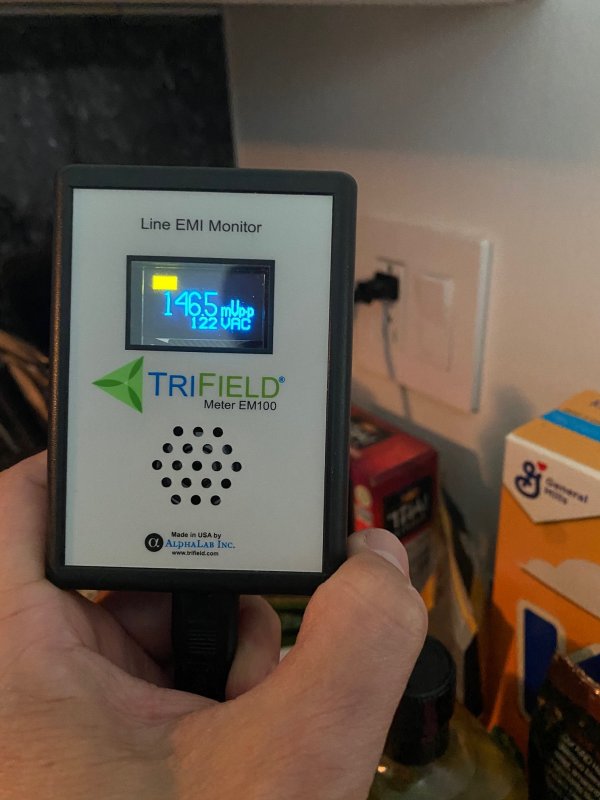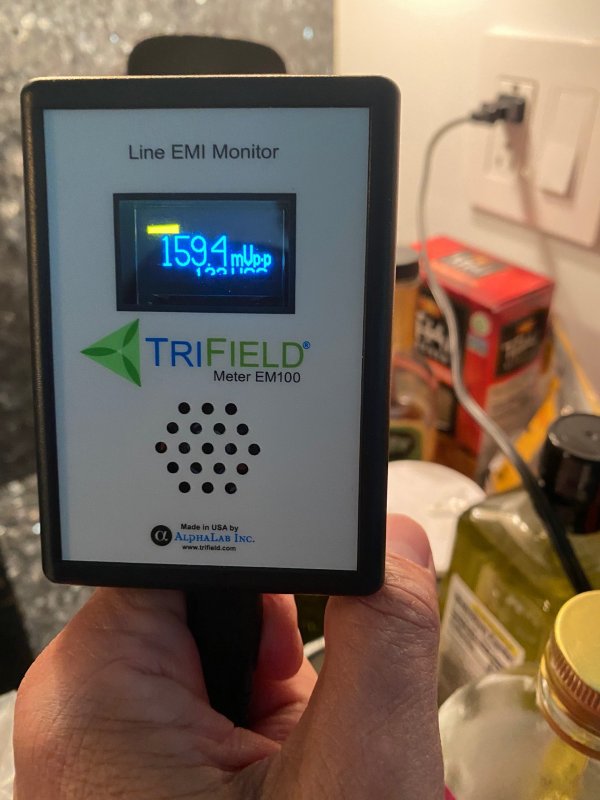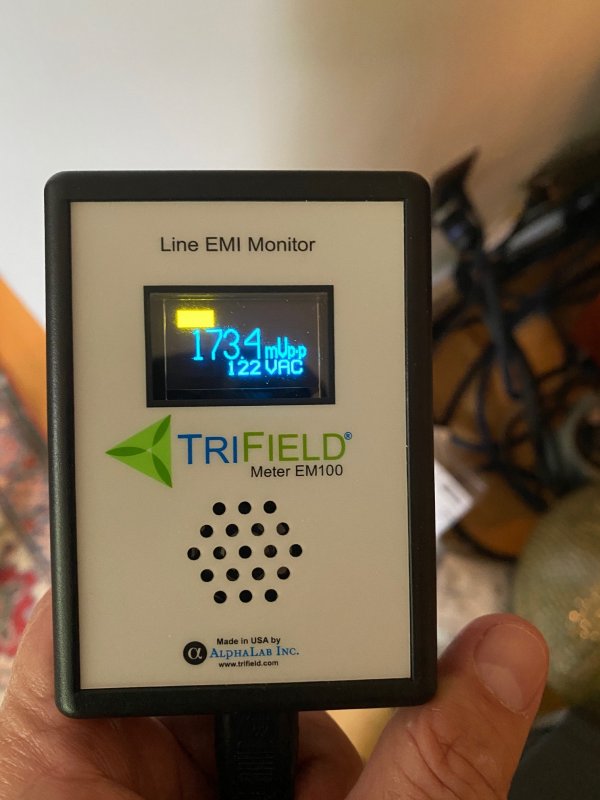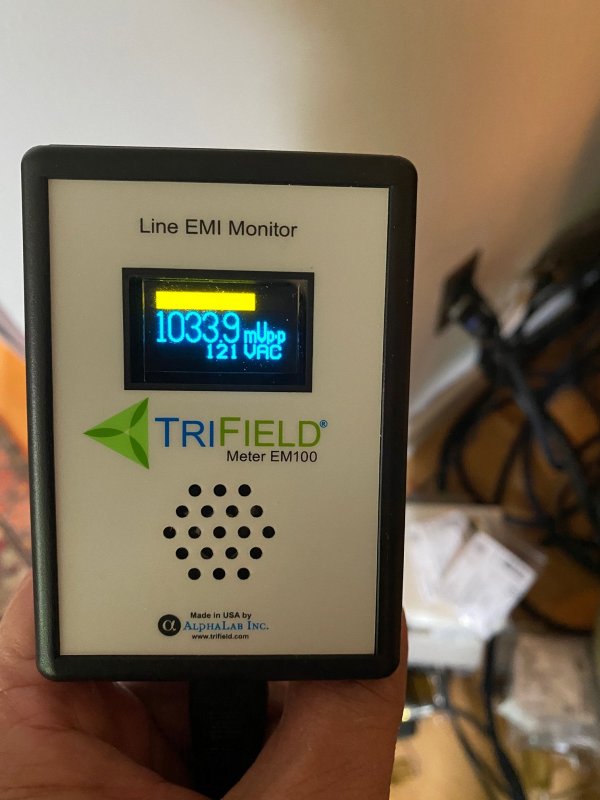I have not tested speed controllers, but your comment indicates you are using a dimmer to control a fan. They are different technology. You need an actual speed controller.Hi Kingrex
Can u recommend a speed controller similar to the MA 1000 for ceiling fans?
Right now I can hear the motor pulse at low speeds. Using a Lutron Homeworks light switch dimmer to control the fan speed
Thank u
I am talking with my panel manufacturer about filters specific to lights and motors that I would install at your service panel. Even though a Denali may provide significant improvement in some systems, I have also witnessed a properly implemented highly optimized power supply done right from grounds and service point, through the main panel, subpanel and to the rack negate the gains of a Denali.
I still find it a very backwards process to buy a Denali or Everest or any other unit, rather than focus on point source solutions, mitigating the negative impact at the offending device.
Long answer, your on the right path looking for a good speed controller. I will call some reps this weekend and see if any know of such a device. Unfortunately business has been so booming, and the race to the bottom so intense, quality is thrown out. Only price and speed of delivery are factored into production.
I can have robust industrial filters manufactured that would be installed at your panelboard. You would nipple it to your panel and route offending circuits through the filter. But a good speed controller should solve your issue.












